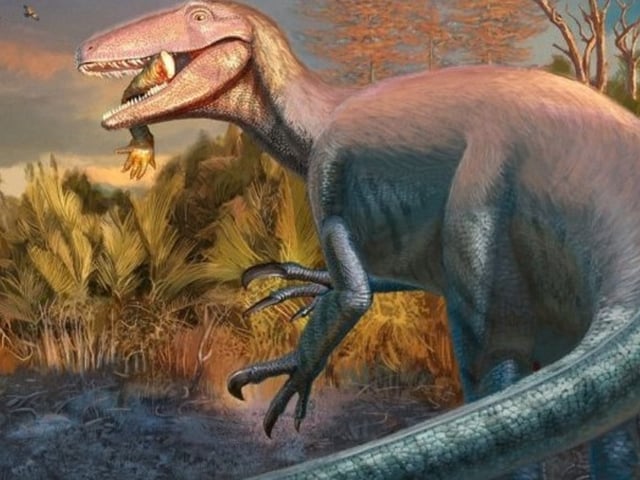Overview
- The new genus and species, Joaquinraptor casali, is described from the Lago Colhué Huapi Formation in Chubut and is among the geologically youngest megaraptorids, according to a study in Nature Communications.
- The specimen preserves a partial skull, vertebrae, ribs, and both fore and hind limb elements, ranking it among the most complete members of the group.
- A crocodiliform humerus found between the jaws suggests feeding behavior involving crocodyliforms, though the authors caution the evidence is not conclusive.
- Histology records at least 19 growth lines, and researchers estimate the animal exceeded seven meters in length and weighed roughly a tonne.
- Phylogenetic analyses in the paper indicate megaraptorans may nest closer to coelurosaurians—potentially as relatives of tyrannosaurids—reshaping views of late Gondwanan predator evolution.



